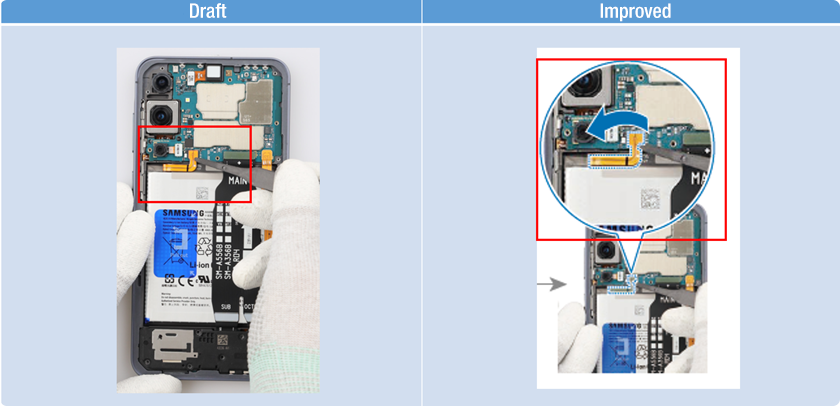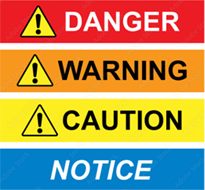As global consumer rights evolve, the right to repair has gained traction, prompting manufacturers to provide resources for users to repair their own devices. These resources often include self-repair manuals that guide users through repairing everything from washing machines and refrigerators to smartphones, tablets, and laptops. These manuals provide detailed instructions on disassembling and replacing parts, ensuring that even those without technical expertise can successfully perform repairs.
The Growing Importance of Self-Repair Manuals
With increasing environmental concerns and legal requirements in various countries, major global manufacturers are now offering self-repair services. These services include genuine parts, repair tools, and comprehensive manuals, enabling users to undertake repairs themselves. For instance, Apple recently launched its Self Service Repair program in Europe, allowing customers in countries like Belgium, France, Germany, Italy, Poland, Spain, Sweden, and the UK to purchase genuine Apple parts and tools for repairs.

www.apple.com/newsroom/2022/12/apple-launches-self-service-repair-in-europe/
Crafting the Perfect Self-Repair Manual: A Collaborative Effort
Creating a self-repair manual that is both accurate and user-friendly is a complex task that requires collaboration between product developers and professional technical writers. Developers contribute their in-depth knowledge of the product’s internal structure, operation, and key components, offering precise data and insights into potential repair challenges. However, translating this technical information into a format that the average user can understand is where the expertise of technical writers becomes invaluable.
Technical writers specialize in converting complex technical concepts into clear, accessible language, and they often integrate visual aids to enhance comprehension. By working closely with developers, they ensure that the manuals are not only accurate but also easy to follow, significantly improving the user’s repair experience and enhancing the product’s reliability.
Hansem Global’s Expertise in Self-Repair Manuals
Hansem Global is at the forefront of creating self-repair manuals for consumer electronics, focusing on making these guides accessible even to those unfamiliar with electronic devices or part replacement. We prioritize the following elements to ensure that our manuals are user-friendly:
1. Clear and Concise Language
The language used in repair manuals must be straightforward, minimizing the use of technical jargon. When technical terms are unavoidable, we provide clear definitions to aid understanding. Step-by-step instructions are presented clearly and concisely to reduce confusion.
2. Systematic Structure
Repair manuals should be logically organized so that users can quickly find the information they need. Each repair step is listed in sequence, often numbered or listed, for easy navigation. We systematically break down and restructure the initial drafts from developers to ensure that the final document is well-organized, with consistent formatting, titles, and styles applied throughout.
3. Effective Use of Visual Aids
Visual aids such as diagrams and photos are crucial for explaining complex processes, particularly those that are difficult to describe in words. Our team ensures that each repair step is accompanied by relevant images, with key parts and tools highlighted using arrows or markers. For small parts, we include magnified images to help users accurately identify and handle them.


4. Safety Warnings and Precautions
Safety is paramount in any self-repair process. We incorporate clear warnings and precautionary notes at stages where risks are present, using colors and icons to draw attention to potential dangers. Hansem Global adheres to international standards like ISO 3864, ISO 7010, and, for the North American market, ANZI Z535, ensuring that our safety information is reliable and effective.

5. Comprehensive Parts and Tools Lists
Before beginning a repair, users should know what parts and tools they will need. We provide a detailed list at the beginning of each manual, describing each item and its purpose, to ensure users are fully prepared.
Establishing a Production Guide
To maintain the quality and consistency of self-repair manuals, especially when similar products are released sequentially, it is essential to establish a standardized production guide. This guide outlines the structure, language style, terminology, and visual elements that should be consistent across all manuals. Standardizing these elements ensures that all manuals, regardless of the author, maintain a high level of readability and reliability.
Hansem Global’s Commitment to Excellence
With extensive experience in developing a wide range of manuals, Hansem Global excels at creating repair guides that are easy for the average consumer to follow. While the technical expertise needed to develop these manuals lies with product developers, Hansem Global’s strength lies in structuring this information in a user-friendly way, applying consistent language, and effectively using visual aids.
We work closely with manufacturers’ developers to produce high-quality repair guides that are localized into multiple languages for global distribution. By prioritizing customer satisfaction and trust, Hansem Global continues to exceed expectations, providing exceptional documentation services worldwide.






